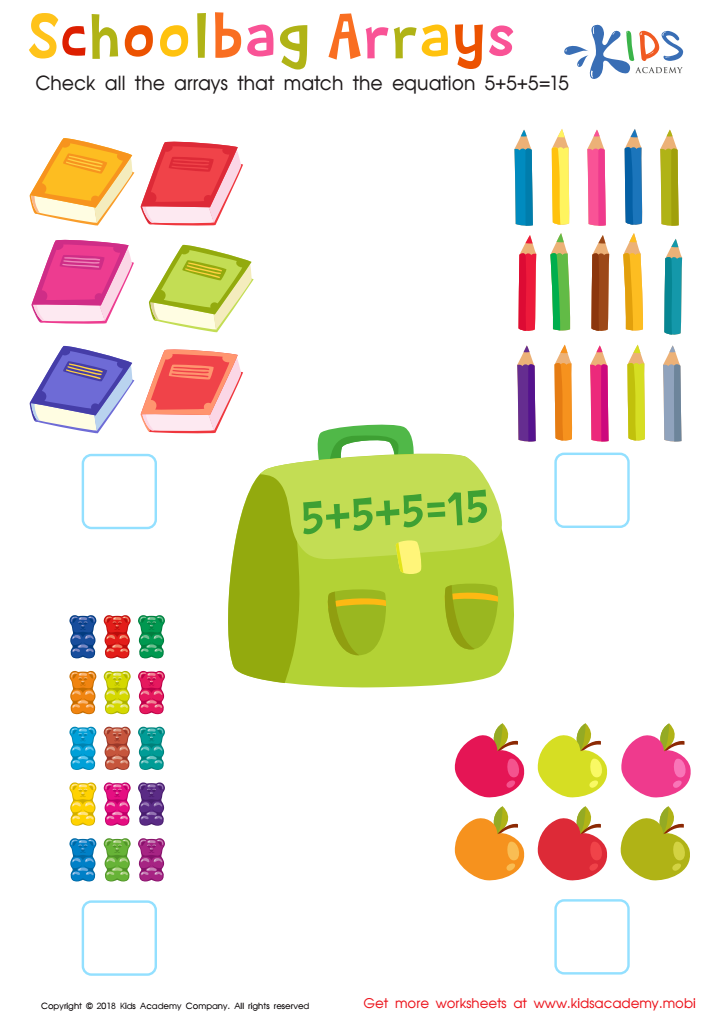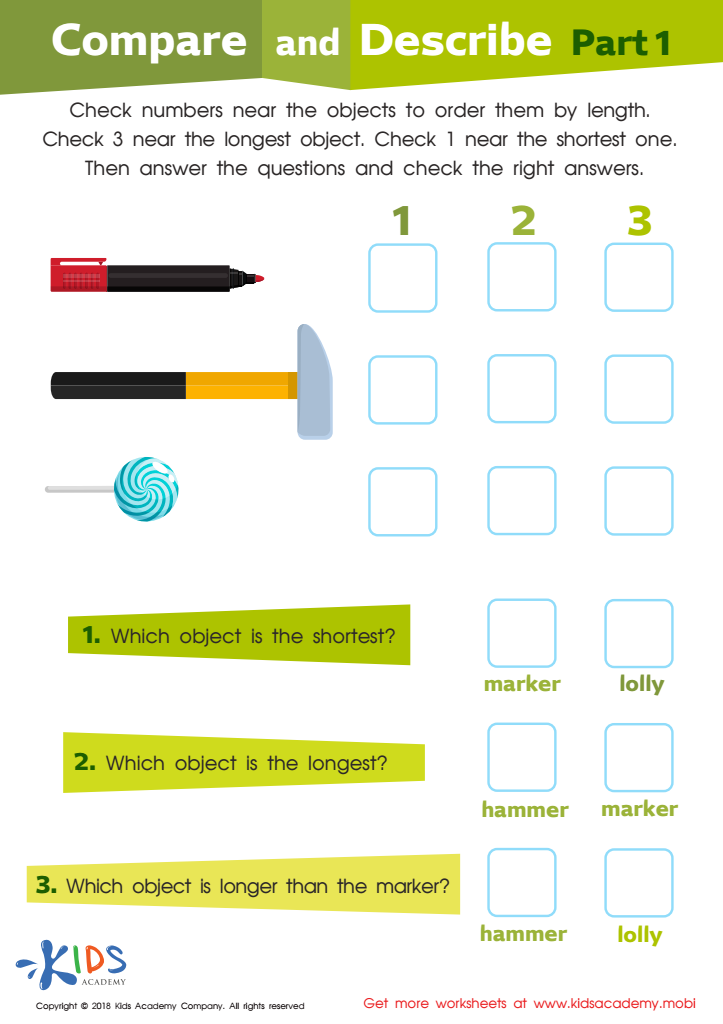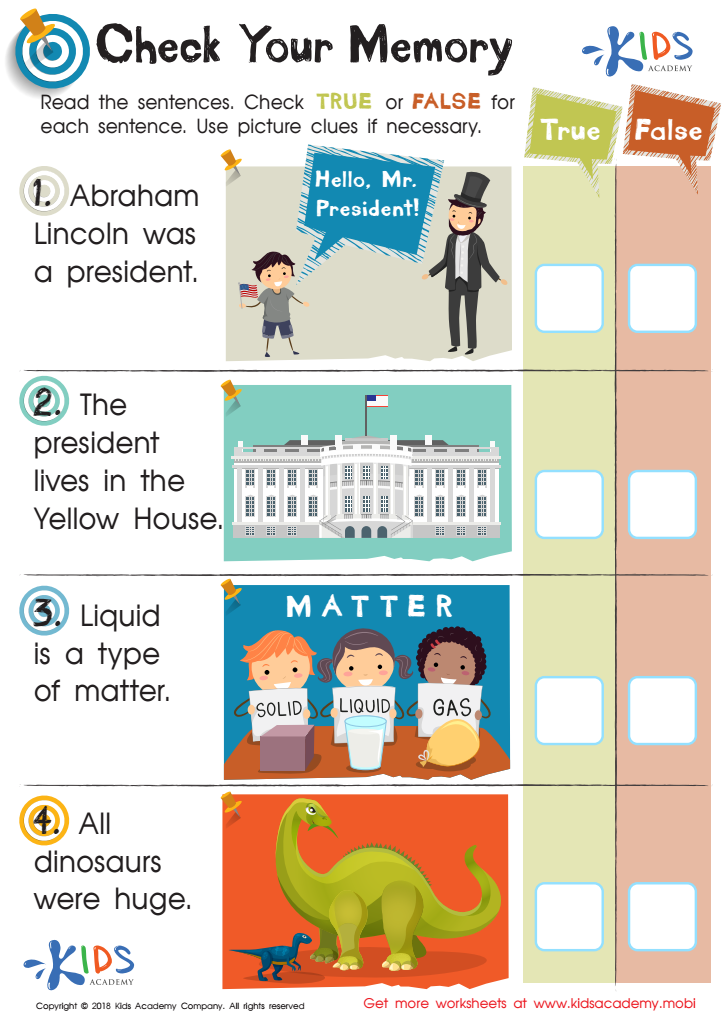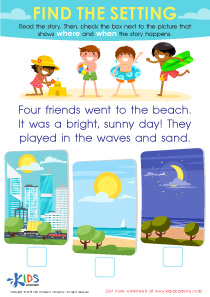Shape identification Easy Worksheets for Ages 7-9
5 filtered results
-
From - To
Discover a collection of engaging shape identification worksheets designed specifically for children aged 7-9! Our Easy Worksheets encourage young learners to explore and identify various shapes through fun activities that promote critical thinking and creativity. Ideal for both classroom and home use, these resources help reinforce essential math skills while keeping kids entertained. Featuring colorful illustrations and simple instructions, each worksheet supports the development of spatial awareness and boosts confidence in shape recognition. Enhance your child's learning experience with these thoughtfully crafted worksheets and watch their skills grow! Perfect for parents and educators alike, engage your little ones in shape fun today!


Schoolbag Arrays Worksheet


Number 2 Printable


Compare and Describe: Part 1 Worksheet


Check Memory Worksheet
Shape identification is a crucial skill for children aged 7-9, forming the foundation for more complex mathematical concepts. At this stage, children are not just recognizing basic shapes, but also beginning to understand their properties and relationships. This foundational knowledge is essential for developing spatial awareness, which is vital for problem-solving in mathematics, architecture, and various STEM fields.
Furthermore, shape identification enhances cognitive development. As children learn to classify and differentiate shapes, they improve critical thinking and observational skills. This skill also ties into real-world applications, helping children understand their surroundings, from recognizing shapes in buildings to navigating spaces in everyday life.
Additionally, engagement with shapes promotes creativity. Activities that involve drawing, building, or manipulating shapes encourage imaginative expression while supporting fine motor skills. For parents and teachers, fostering knowledge in shape identification not only supports academic achievement but also contributes to a child's overall development—socially, emotionally, and cognitively.
Lastly, building a strong foundation in these early years cultivates a love for learning. When students excel in understanding shapes, their confidence grows, setting a positive tone for future learning across various subjects. Therefore, parents and teachers play a crucial role in nurturing this important aspect of childhood education.

 Assign to My Students
Assign to My Students





















